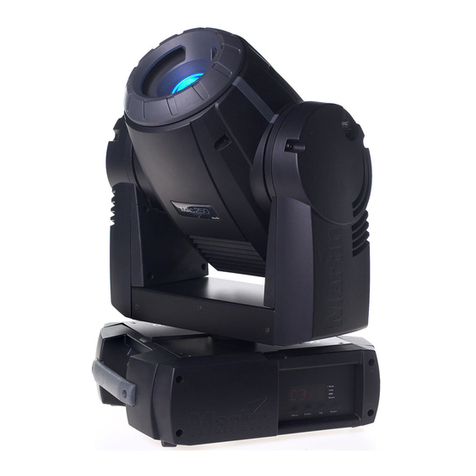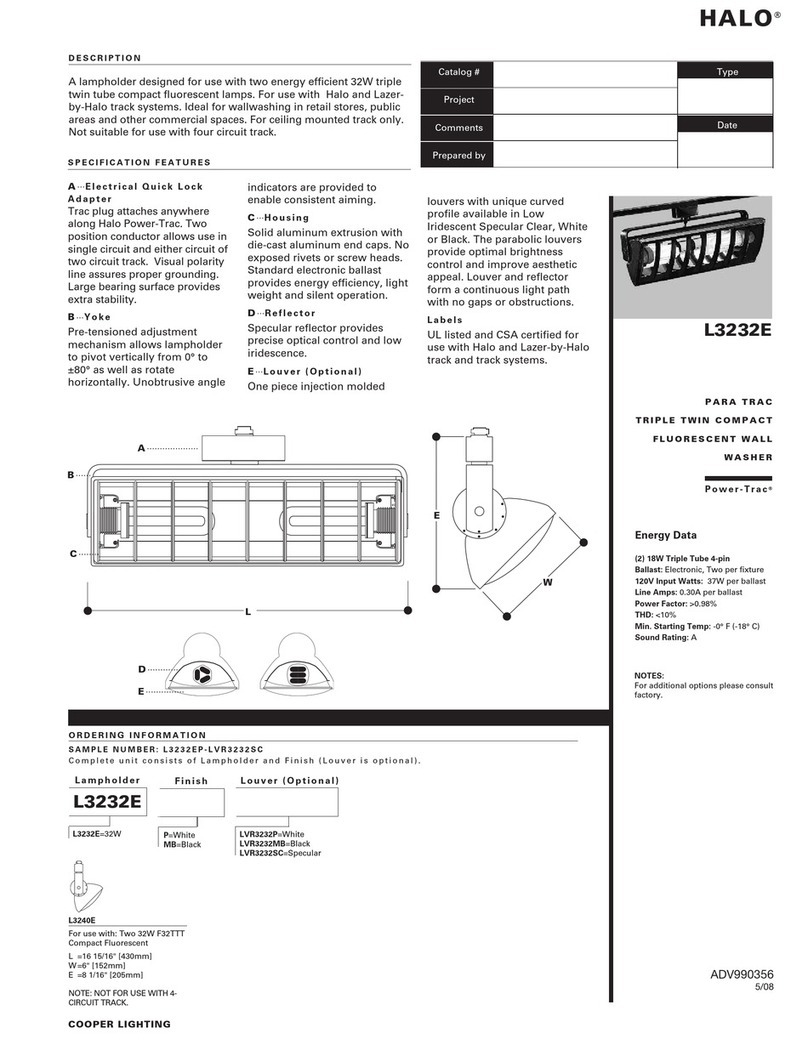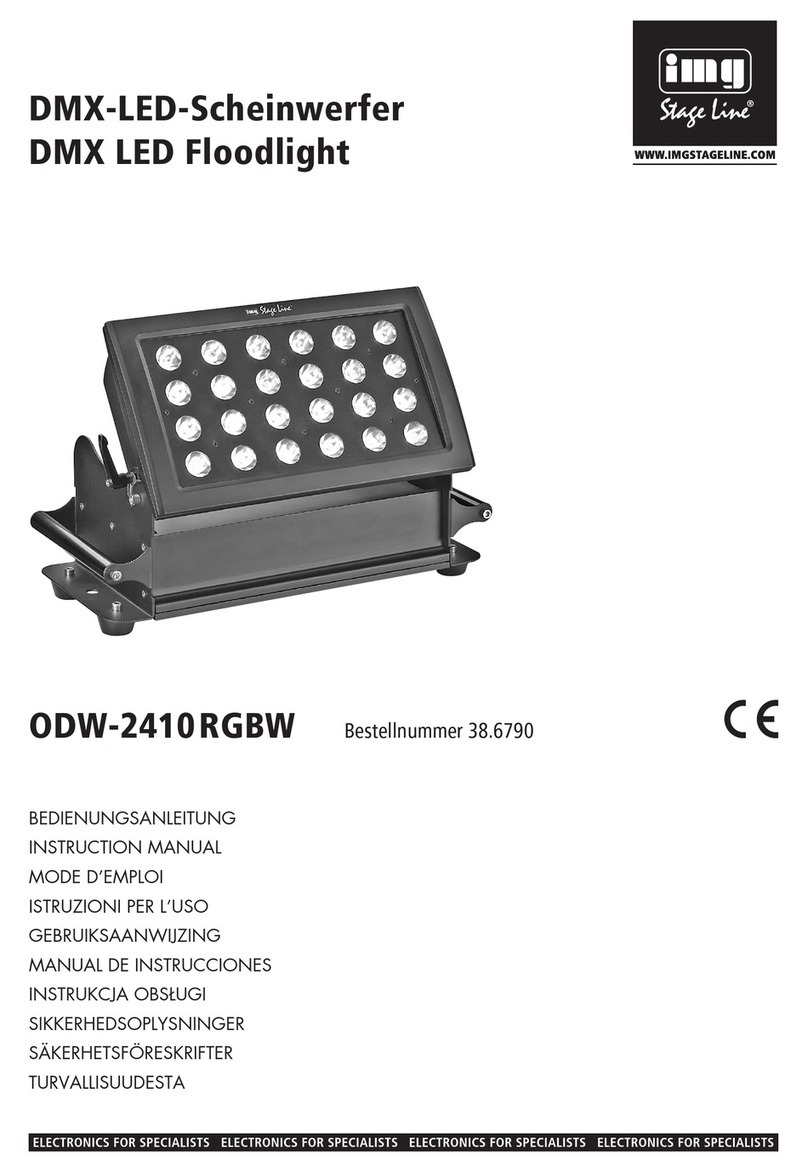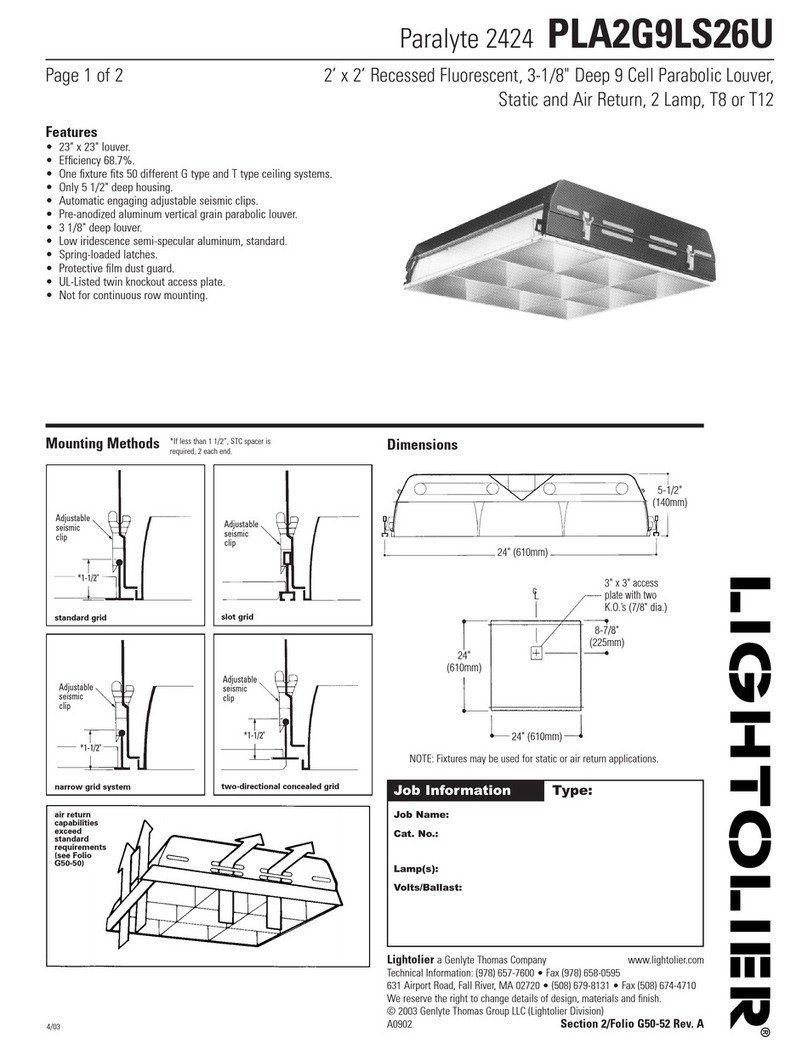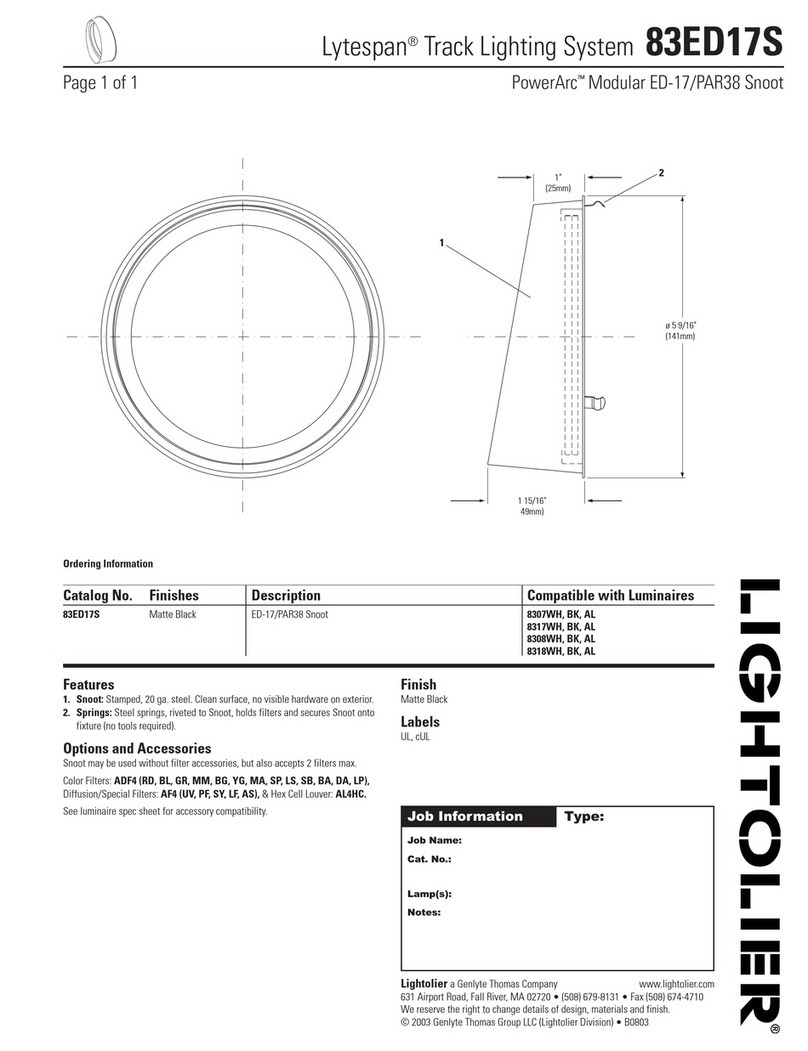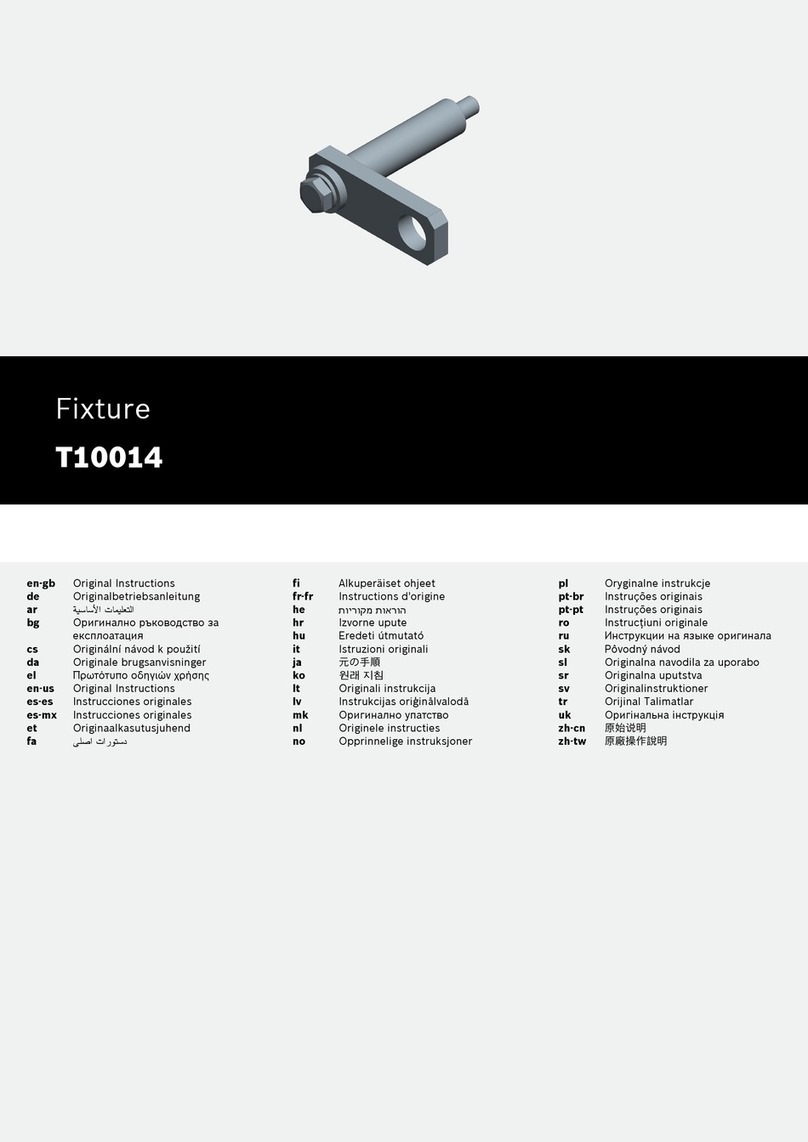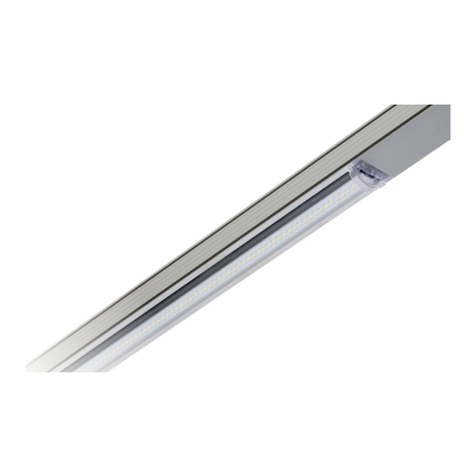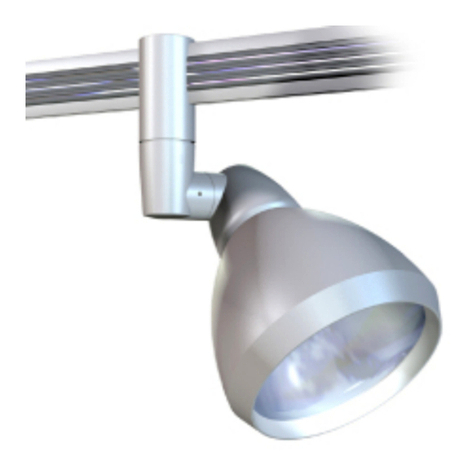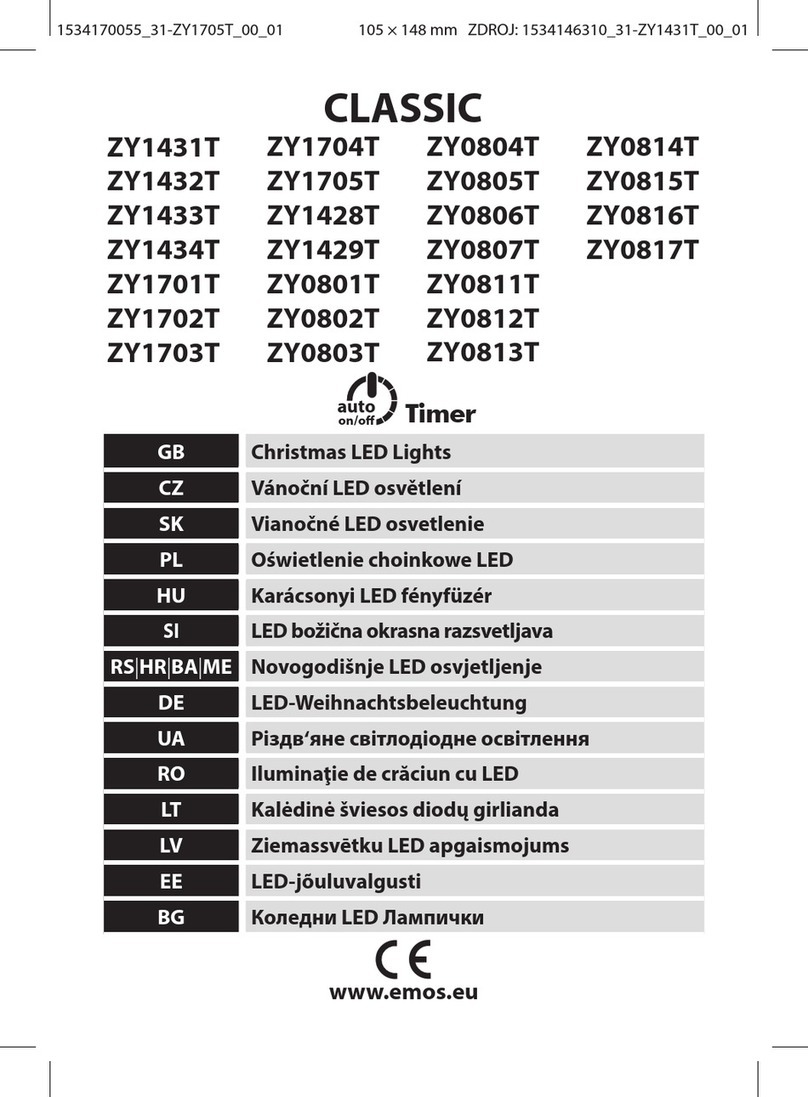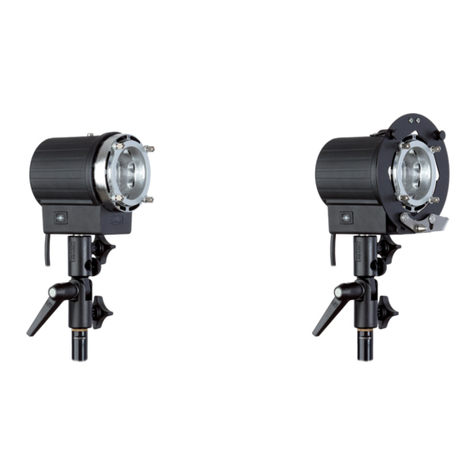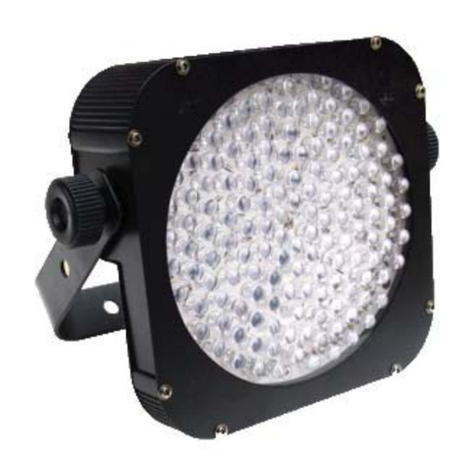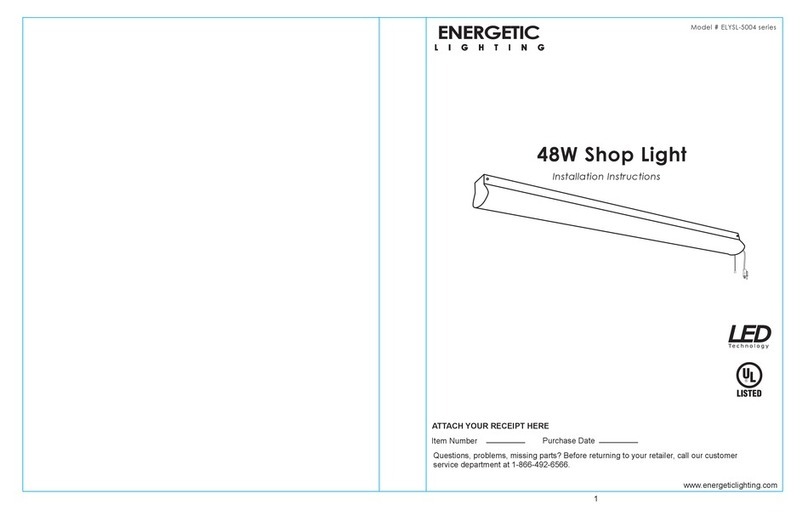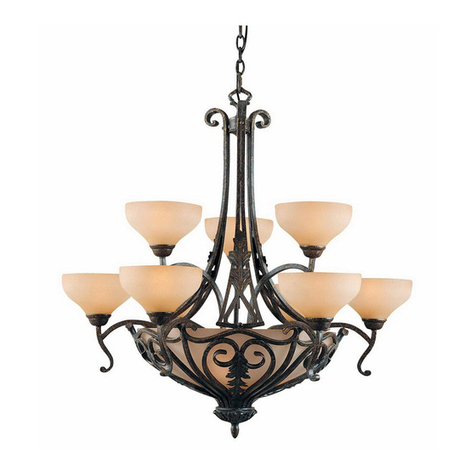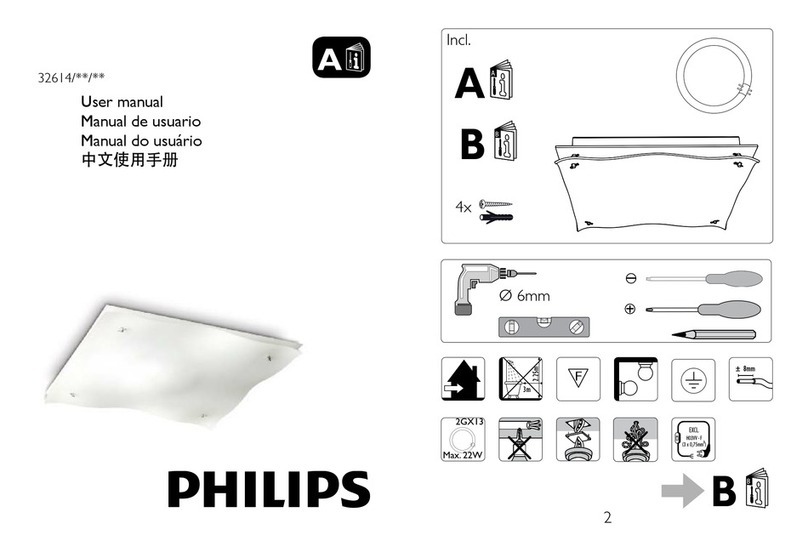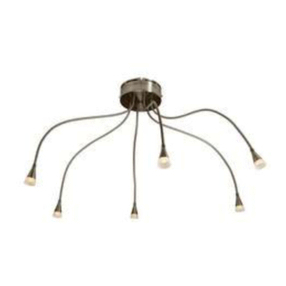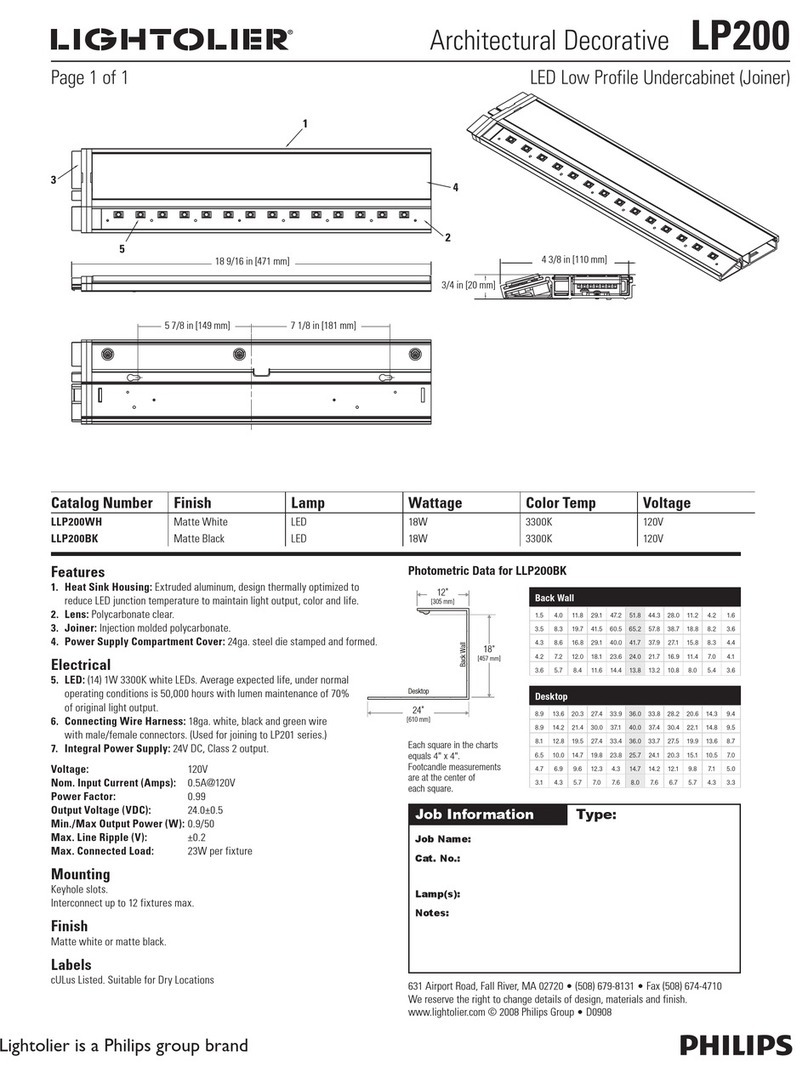Models and achievable distances
Achievable illumination distance depends on the characteristics of the
CCD camera and lens used.
Commercial Type
Number
Wave-
length
Beam
angle
Achievable
Distance
Horizontal Field
of View (HFOV)
SLED10-8BD 850nm 10 320m [1050ft] 52m [170ft]
SLED20-8BD 850nm 20 200m [655ft] 70m [230ft]
SLED30-8BD 850nm 30 160m [525ft] 85m [275ft]
SLED60-8BD 850nm 60 110m [360ft] 130m [425ft]
SLED95-8BD 850nm 95 85m [275ft] 185m [605ft]
SLED120-8BD 850nm 120 55m [180ft] 190m [625ft]
SLED10-9BD 940nm 10 200m [655ft] 32m [105ft]
SLED20-9BD 940nm 20 120m [395ft] 42m [135ft]
SLED30-9BD 940nm 30 90m [295ft] 47m [154ft]
SLED60-9BD 940nm 60 65m [210ft] 75m [245ft]
SLED95-9BD 940nm 95 45m [145ft] 100m [330ft]
SLED120-9BD 940nm 120 30m [100ft] 110m [360ft]
SLED10-WBD White Light 10 85 m [275 ft] 15 m [50 ft]
SLED20-WBD White Light 20 55 m [180 ft] 20 m [65 ft]
SLED30-WBD White Light 30 50 m [165 ft] 25 m [85 ft]
SLED60-WBD White Light 60 35 m [115 ft] 40 m [130 ft]
SLED95-WBD White Light 95 25 m [85 ft] 55 m [180 ft]
SLED120-WBD White Light 120 20 m [65 ft] 70 m [230 ft]
NOTE: Achievable distance is based on a 20dB s/n ratio using a ½”
Ex-View CCD and F1.4 lens aperture, and is dependant on individual
camera performance.
Wavelength at 850nm infrared is semi-covert, 940nm is covert and white
light is visible.

